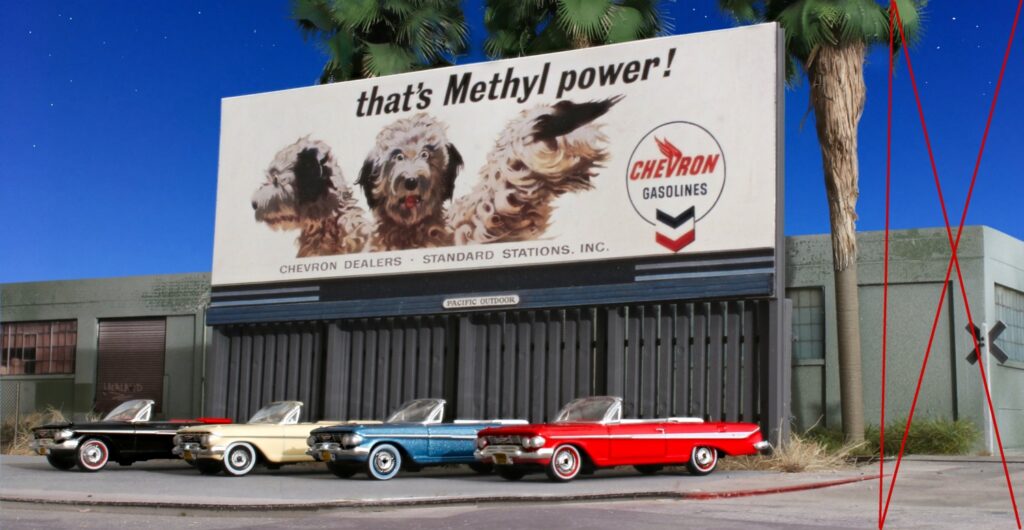
“In photography, “golden hour” refers to the first hour after sunrise and the last hour before sunset, when the sun is low on the horizon, producing a warm, soft light ideal for capturing stunning images.” Google AI
I bought my house 28 years ago. It’s surprising that it’s taken me almost three decades to realize my home is not oriented north-south. It’s skewed to the southwest. The end result of this being the sunset is perfectly framed in the center of the southwest window of the LAJ layout room. At the “golden hour” the room, and LAJ layout, are flooded with warm light. You couldn’t ask for better lighting.
This is one of several reasons behind my decision to gut the room and give it a total makeover. Details in an upcoming blog.







